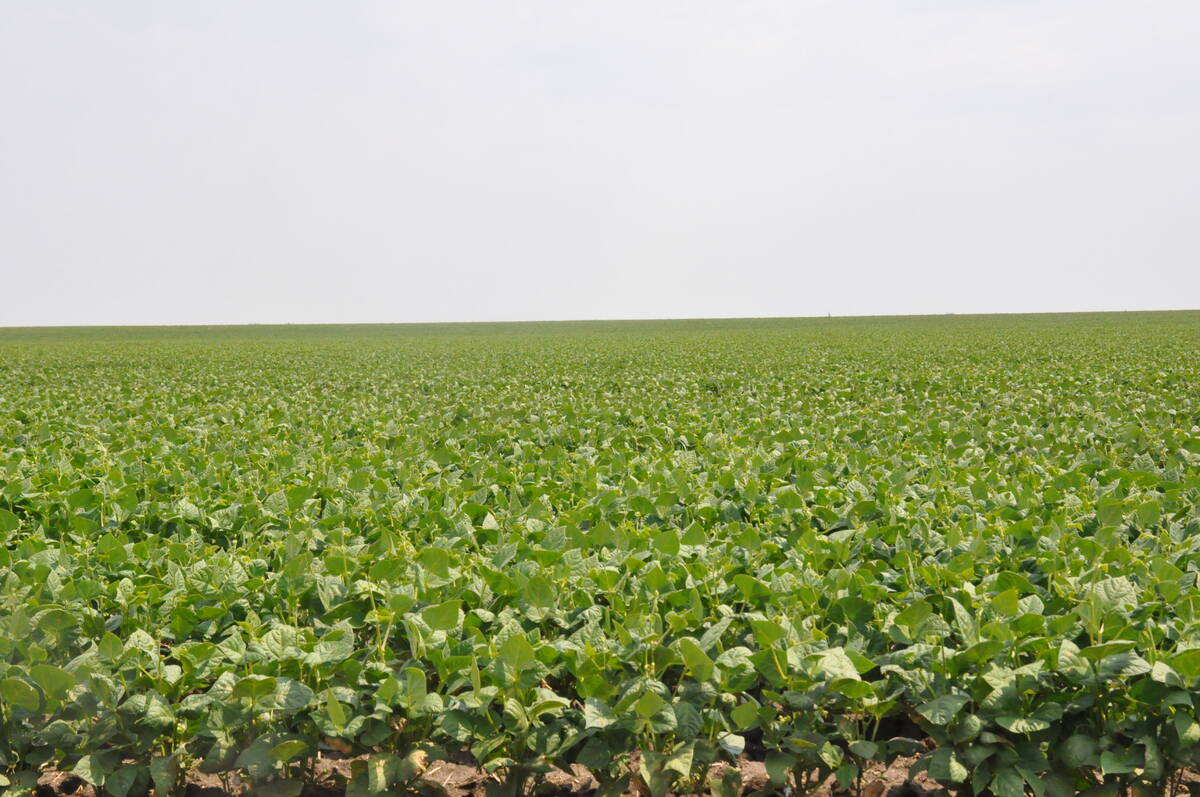WHISTLER, B.C. — Canada and the United States likely produced fewer beans in 2025, but the true tale is told in the breakdown by type, says an analyst.
Crop insurance data suggests Canadian farmers planted 400,000 acres of the pulse crop, a 14 per cent increase from 2024 levels.
Chuck Penner, analyst with LeftField Commodity Research, estimates total Canadian production at 401,000 tonnes using the crop insurance numbers, a slight drop from last year’s 424,000 tonnes.
Production of coloured beans is estimated to be down 14 percent from last year, while white bean production would be up 28 percent, he told delegates attending the 2025 Pulse and Special Crops Convention.
Read Also

VIDEO: Agritechnica Day 4: Robots and more robots, Nexat loves Canada and the trouble with tariffs
Agritechnica Day 4: Robots and more robots, Nexat loves Canada and the trouble with tariffs.
He is forecasting 400,000 tonnes of exports, which would be close to last year’s record of 410,000 tonnes.
Ending stocks would be a mere 28,000 tonnes.
Farmers in the United States planted 1.06 million acres of the three main classes of beans, with blacks down 22 per cent, pintos down 18 per cent and navies up 22 per cent.
Total bean production in that country is forecast at 1.4 million tonnes based on an average yield of 2203 pounds per acre.
That would be down slightly from last year but well above the 10-year average.
Penner believes pinto supplies will be burdensome in the U.S.
Mexico is coming off three dismal years of production. Acreage this year is the highest since 2020, but conditions are once again variable in the northwest, where most of the beans are grown.
“They’re struggling again,” he said.
Argentina had a solid rebound year in 2025 after a dismal 2024. Production is estimated at 450,000 tonnes.
Alubia production is lower than average, but they had good crops of cranberries and kidneys.
Brazil continues to ramp up its black bean production, with an 11 percent increase. The one-time importer has become a consistent exporter of the crop.
Canada’s bean prices continue to fall from the recent highs of early 2024, with a sharper drop for pintos and blacks compared to navies. Penner expects a further reduction in bids.
Landon Cross, senior merchandiser with Bunge, differed with Penner on his outlook for the Mexican bean crop.
He is forecasting average to above-average yields in that country, which when combined with the acreage increase should result in reduced import demand.
That doesn’t bode well for Canada.
“We are going to see some ending stock numbers higher than they have been,” he said.
John Brown, food products marketer with Hensall Co-op, said uncertainty surrounding the global trade war has elevated demand for Canadian beans in the European Union, the United Kingdom and other markets.
However, he agreed that there will be softer demand from the U.S. and Mexico.
Keven Sawchuk, vice-president of procurement with Agrocrop Exports, had a different take on the trade uncertainty.
He thinks buyers are being cautious and delaying purchases.
There is also a movement in the U.S. to buy American beans, which is minimizing demand for Canadian beans in that market.
A similar buy domestic movement is happening in Canada, but Canada’s market will “barley move the needle” on the supply and demand picture, he said.
Sawchuk thinks Canadian bean acres will hold their own next year because prices for all the competing commodities are also in the dumps.
Cross thinks there will be a correction in Manitoba, possibly a sharp decline depending on what happens to soybean prices in the next 90 days.
Brown said processors need acres to remain the same, so they are going to have to come up with a price that is palatable to both international buyers and farmers.
















